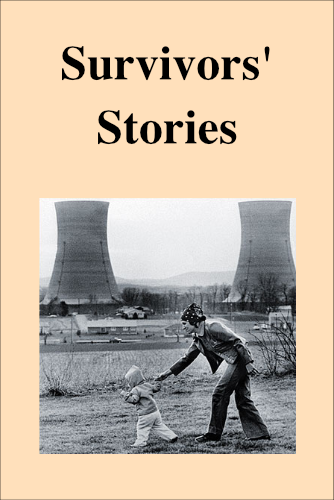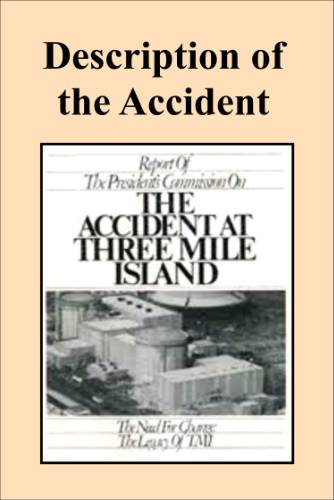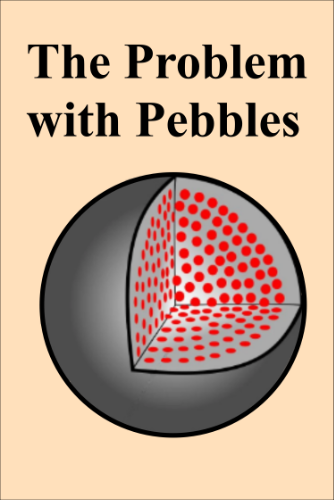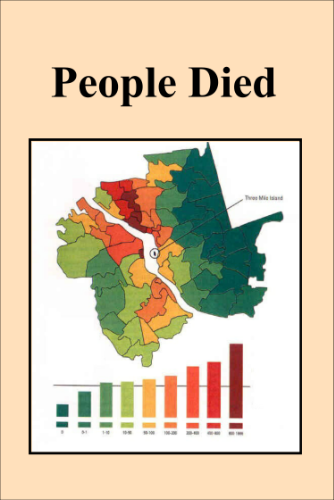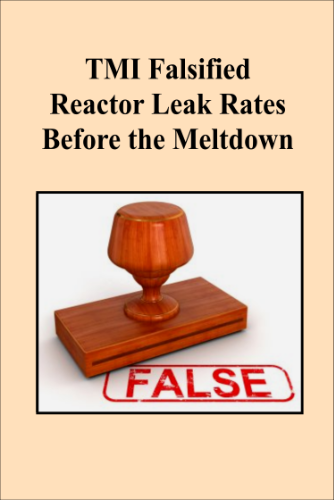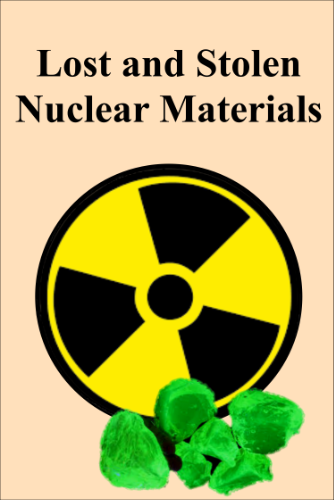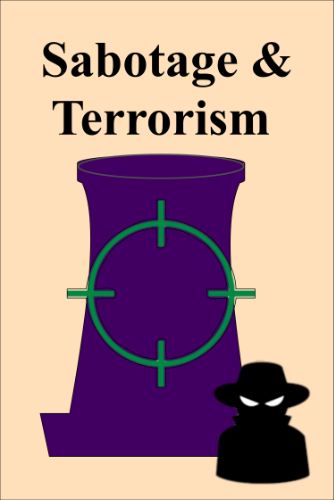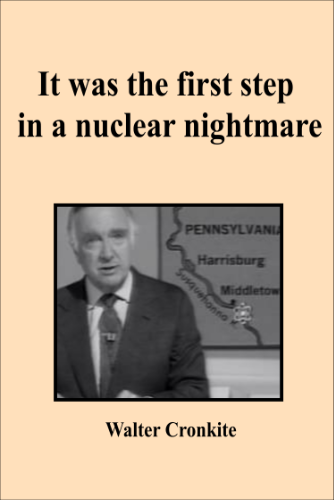No: 13-073 September 6, 2013 CONTACT: David McIntyre, 301-415-8200
NRC Issues Mid-Cycle Assessments for Nation’s Nuclear Plants
The Nuclear Regulatory Commission has issued mid-cycle assessment letters to the nation’s commercial nuclear power plants regarding their performance through the first half of 2013. The mid- cycle assessment period concluded on June 30, with 92 of 102 plants in the two highest performance categories.
“These periodic assessments are part of our efforts to ensure the appropriate regulatory oversight of nuclear power plants and to keep the public informed about our safety oversight activities,” said Ho Nieh, director of the Division of Inspection and Regional Support in the Office of Nuclear Reactor Regulation.
Of the 92 highest-performing reactors, 75 fully met all safety and security performance objectives and were inspected by the NRC using the normal inspection program. Seventeen reactors were assessed as needing to resolve one or two items of low safety significance. For this performance level, regulatory oversight includes additional inspection and attention to follow up on corrective actions.
These plants requiring additional inspection are: Beaver Valley 1 and 2 (Pa.); Browns Ferry 3 (Ala.); Davis Besse (Ohio); Dresden 2 and 3 (Ill.); Fermi 2 (Mich.); FitzPatrick (N.Y.); Grand Gulf (Miss.); LaSalle 2 (Ill.); Nine Mile Point 1 (N.Y.); Point Beach 2 (Wis.); Prairie Island 1 and 2 (Minn.); Susquehanna 2 (Pa.); Three Mile Island 1 (Pa.); and Turkey Point 3 (Fla.). Beaver Valley 1 and 2 and Fermi 2 have resolved their issues since the reporting period ended and have transitioned to the highest performing level.
Eight nuclear reactors were in the third performance category with a degraded level of performance. For this category, regulatory oversight includes more NRC inspections, senior management attention and oversight focused on the cause of the degraded performance. These plants were Browns Ferry 2 (Ala.); Monticello (Minn.); Perry 1 (Ohio); Point Beach 1 (Wis.); Sequoyah 1 and 2 (Tenn.); Watts Bar 1 (Tenn.); and Wolf Creek (Kan.). Perry 1 and Wolf Creek resolved all the outstanding issues and have since transitioned to the highest performance level.
One reactor, Browns Ferry 1 in Alabama, is in the fourth performance category and requires increased oversight because of a safety finding of high significance. Increased oversight for this category includes additional inspections to confirm the plant’s performance issues are being addressed.
Fort Calhoun plant in Nebraska is in an extended shutdown with significant performance issues and is currently under a special NRC oversight program distinct from the normal performance levels. Therefore, the plant will not receive a mid-cycle assessment letter.
The Crystal River 3 and Kewaunee nuclear plants entered decommissioning during the first half of this year and are no longer considered operating reactors, so they did not receive mid-cycle assessments.
Near the end of this reporting period, Southern California Edison announced that it would decommission the San Onofre Nuclear Generating Station Units 1 and 2 in California. The plant began transitioning to the decommissioning process in July, so it did receive a mid-cycle assessment for the period ending June 30.
The NRC routinely updates information on each plant’s current performance and posts the latest information as it becomes available to the action matrix summary. Every six months each plant receives either a mid-cycle or annual assessment letter along with an NRC inspection plan. These letters are available through the NRC’s webpage on the Reactor Oversight Process. Annual construction assessments for new reactors at the Vogtle and Summer sites and at Watts Bar 2 are also on the NRC website.
Download PDF







